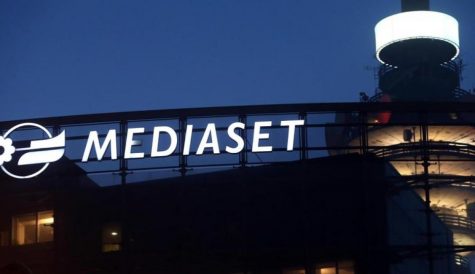
After more than 40 years of operation, DTVE is closing its doors and our website will no longer be updated daily. Thank you for all of your support.
DVB Project sets requirements for next generation of video codecs

Peter MacAvock
The DVB project has officially approved the commercial requirements for next generation video codecs.
The consortium, which provides the global standard for digital television, said that this approval will pave the way for advanced 4K and 8K services. It will now move to investigate the technical compliance of the candidate codecs and develop draft specifications.
The three candidate codecs that have been initially identified as candidates for inclusion are AV1, AVS3 and VVC. The DVB Project said that the three codecs have the potential to extend the market reach of DVB solutions and bring new features and efficiencies.
The new codecs are designed to provide greater efficiency and enable an increased UHD service on terrestrial broadcast networks. Said codecs are required to provide a data-rate saving of at least 27% compared to the existing HEVC codec in 4K broadcast applications, and of at least 30% for 4K in broadband applications, and to improve compression efficiency for lower resolutions.
The requirements include specifications for transport stream delivery and DVB-DASH streaming. It is required that the codec conformance points chosen for broadcast and streaming should be as similar as possible.
The specification releases are expected during 2022, subject to successfully validating technical and IPR compliance, while the first release of specifications including VVC is expected in early 2022.
Peter MacAvock, chair of the DVB Project, said: “DVB is a pioneer in the development of media distribution systems and it is preparing the way for advanced 4K and 8K systems in the future. The industry is watching our work closely and we are confident that DVB will again break new ground on television technology. We encourage all companies with a stake in this field to join our work.”


